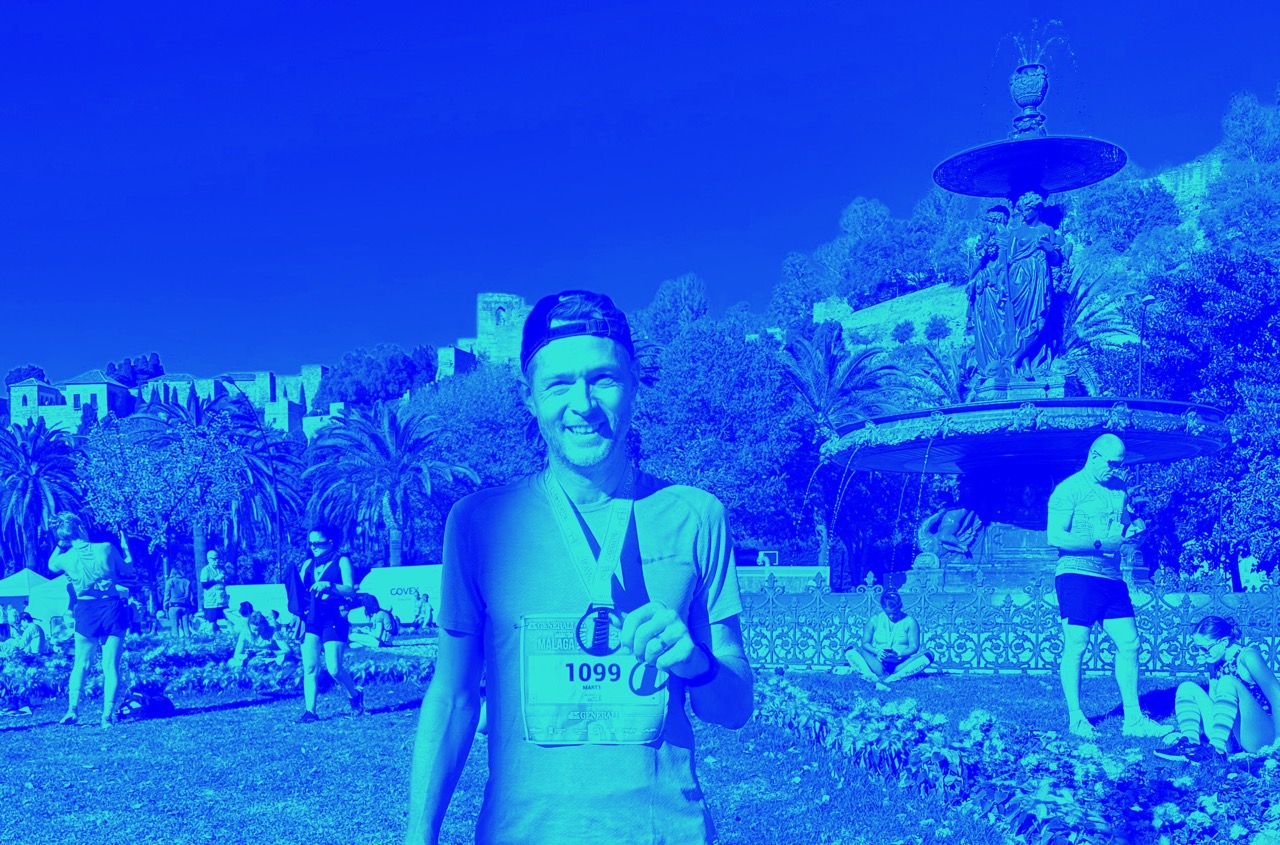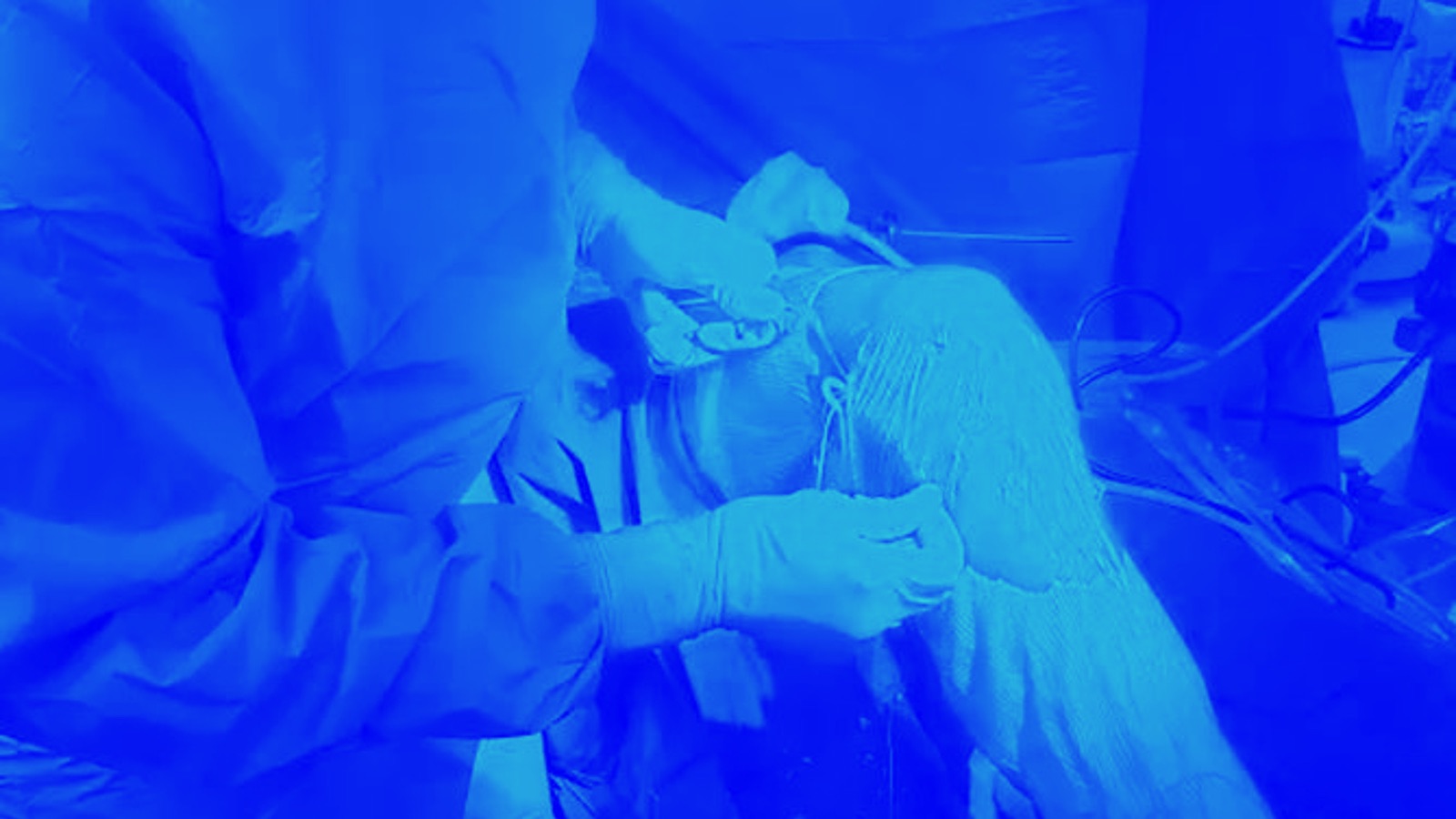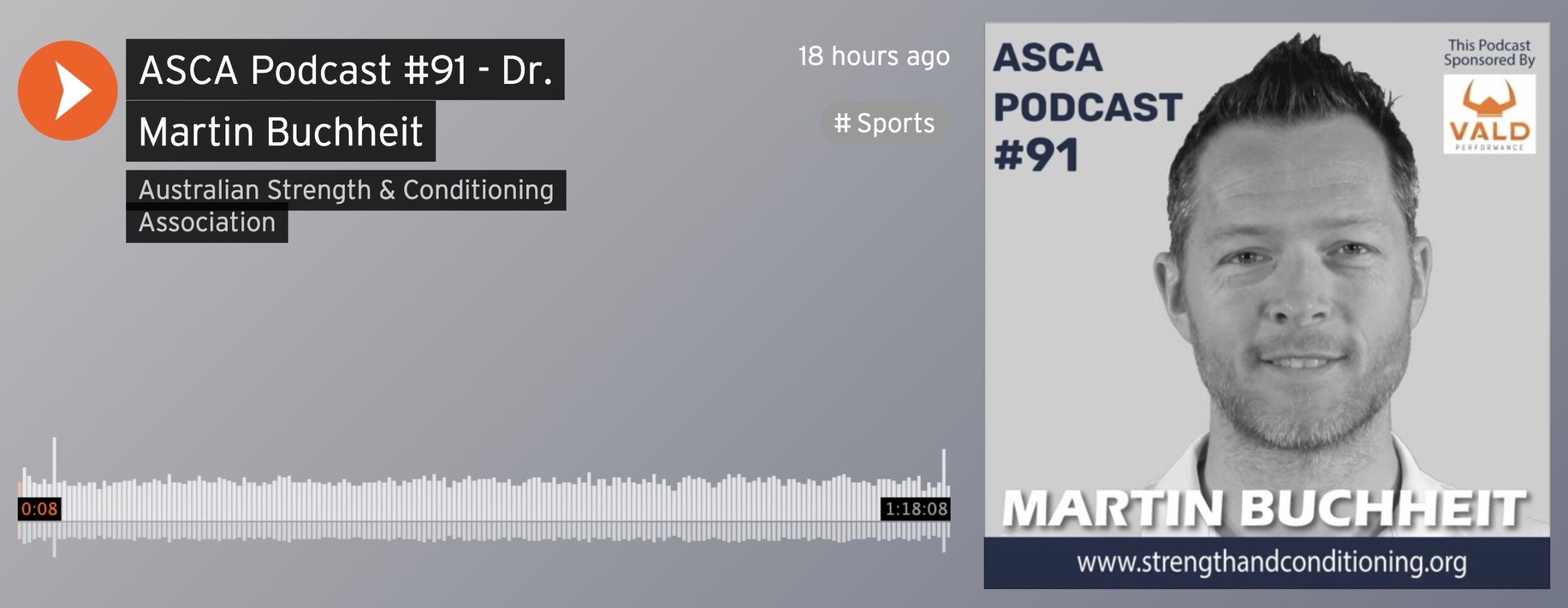Does short-duration heat exposure at a matched cardiovascular intensity improve intermittent running performance in a cool environment?
Calvin P. Philp, Martin Buchheit, Cecilia M. Kitic, Christopher T. Minson, James W. Fell. Does short-duration heat exposure at a matched cardiovascular intensity improve intermittent running performance in a cool environment? IJSPP, In press.
Full text here
ABSTRACT
Purpose: To investigate whether a five-day cycling training block in the heat (35°C) in Australian rules footballers was superior to exercising at the same relative intensity in cool conditions (15°C) for improving intermittent running performance in a cool environment (<18°C).
Methods: Using a parallel-group design, 12 semi-professional football players performed five days of cycling exercise [70% heart rate reserve (HRR) for 45 min (5 x 50 min sessions in total)] in a hot (HEAT, 35±1°C, 56±9% RH) or cool environment (COOL, 15±3°C, 81±10% RH). A 30-15 Intermittent Fitness Test to assess intermittent running performance (VIFT) was conducted in a cool environment (17±2°C, 58±5% RH) prior to, one and three days after the intervention.
Results: There was a likely small increase in VIFT within each group [HEAT: 0.5±0.3 km.h-1, 1.5±0.8 x smallest worthwhile change (SWC); COOL 0.4±0.4 km.h-1, 1.6±1.2 x SWC] three days post the intervention, with no difference in change between the groups (0.5±1.9%, 0.4±1.4 x SWC). Cycle power output during the intervention was almost certainly lower in the HEAT group (HEAT 1.8±0.2 W.kg-1 vs. COOL 2.5±0.3 W.kg-1, -21.7±3.2 x SWC, 100/0/0).
Conclusions: This study indicates that when cardiovascular exercise intensity is matched (i.e. 70% HRR) between environmental conditions, there is no additional performance benefit from short-duration moderate-intensity heat exposure (5 x 50 min) for semi-professional footballers exercising in cool conditions. However, the similar positive adaptations may occur in the HEAT with 30% lower mechanical load, which may be of interest for load management during intense training or rehabilitation phases.
Key Words: heat acclimation; football; plasma volume; relative-intensity exercise, VIFT



